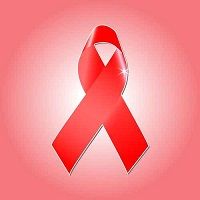HIV Patients Do Better in the Northeastern US
Using "big data" a research team from the University of Chicago and other institutions found that where infectious disease training programs are more common, patients with HIV/AIDS do better.

Using "big data" a research team from the University of Chicago and other institutions tried to find out if it is true that lack of trained infectious disease physicians is associated with geographic disparities in how well patients with HIV/AIDS fare.
Aditya Shah, MD, and colleagues trackednumbers of board-certified infectious disease specialists in the Doximity database, by zip code. They also looked at the locations of residency training program and fellowships. They used Google fusion tables and several CDC databases, inlcuding numbers of HIV diagnoses, AIDS diagnoses death rates, survival rates, federal grant funding levels, and regional economic data.
They found there are 7,129 infectious disease physicians and 147 fellowship programs. These tended to be concentrated in the Northeast and in metropolitan areas of the Western US.
Survival rates for HIV were also higher in these locations. HIV prevalence and mortality rates tended to be higher in the Southwestern part of the US, a region that has fewer fellowship and infectious disease physicians.
The team noted that their "novel social network mapping" has the potential of providing real time data regarding the geographical spread of the physican supply.
"The discrepancies between supply and demand could be addressed by targeted rebalancing interventions tht may include additional fellowship spots in the underserved areas," they concluded. Financial and practice incentives might help as well, they said.